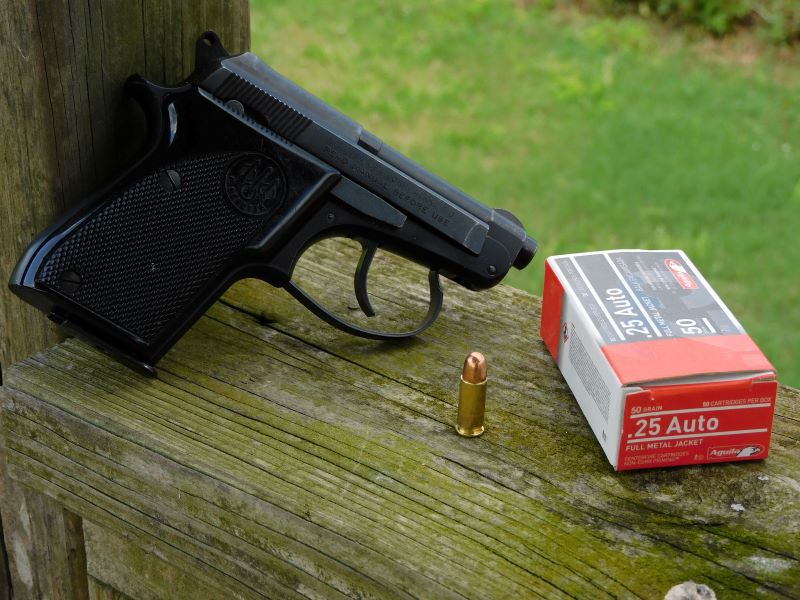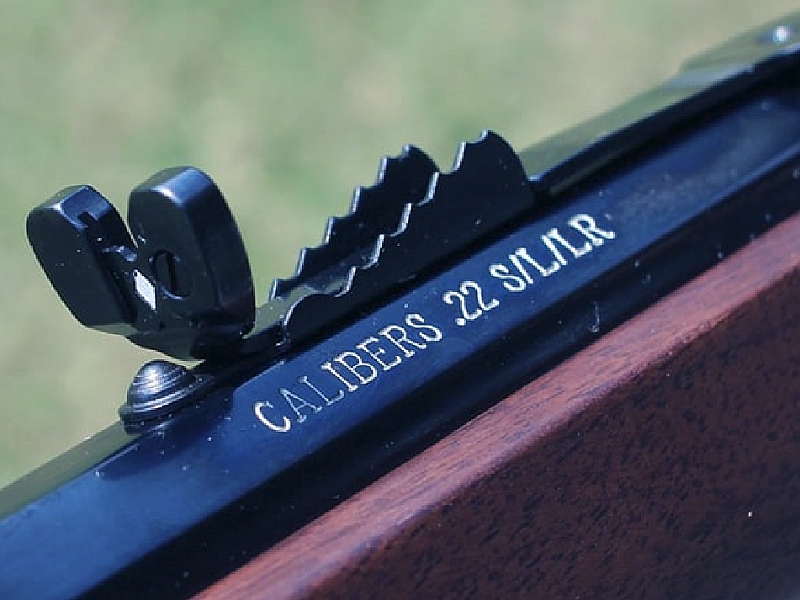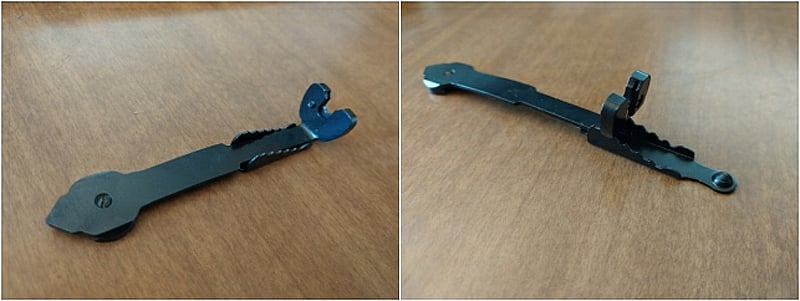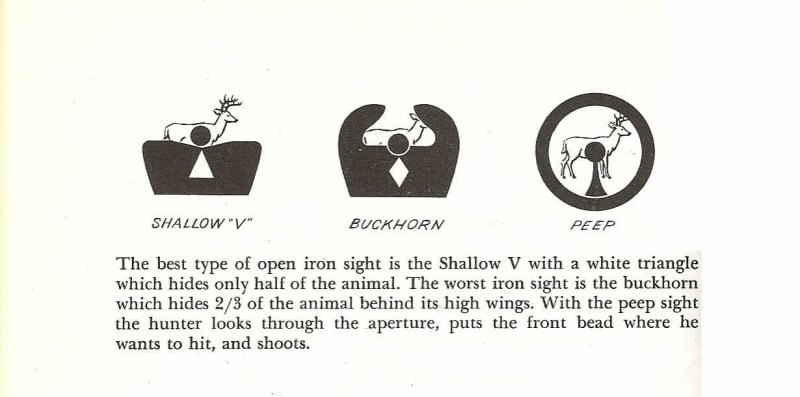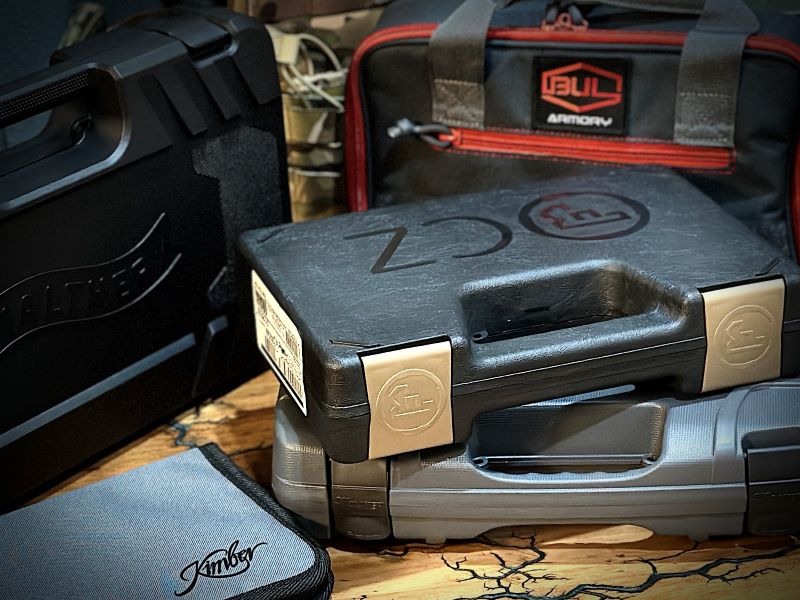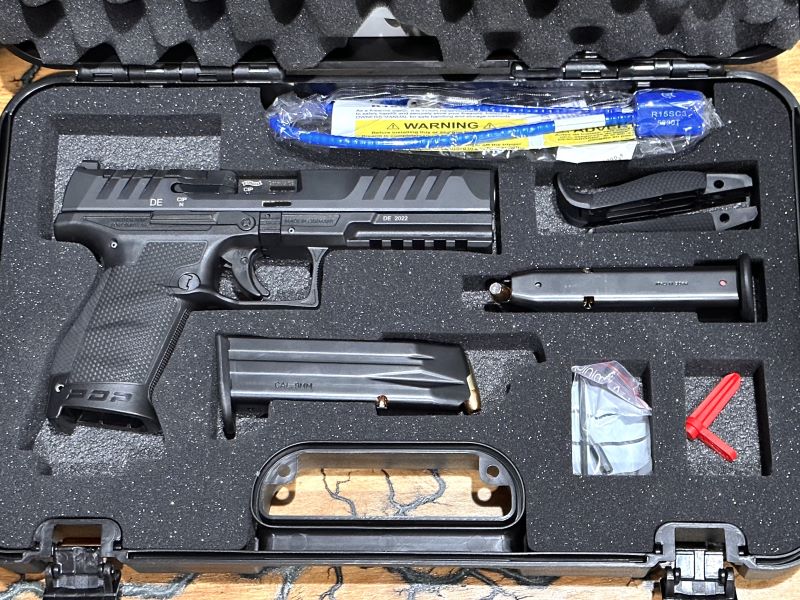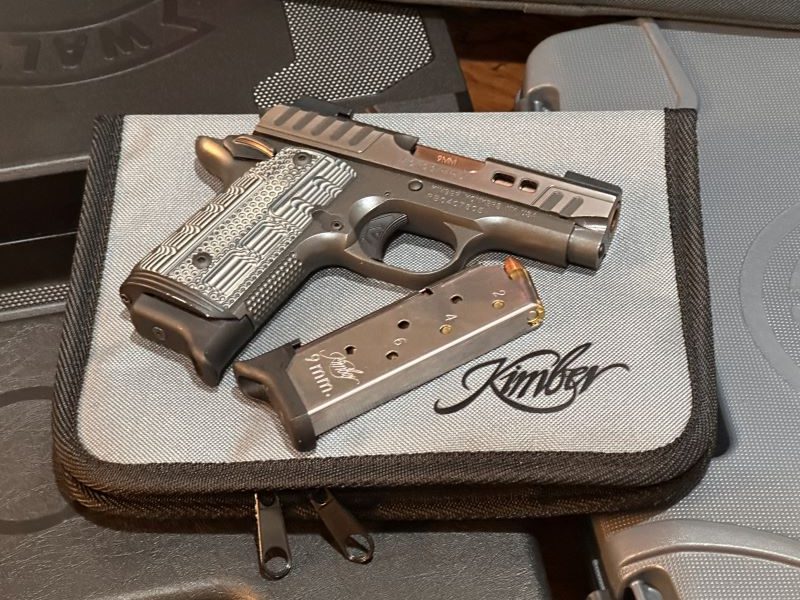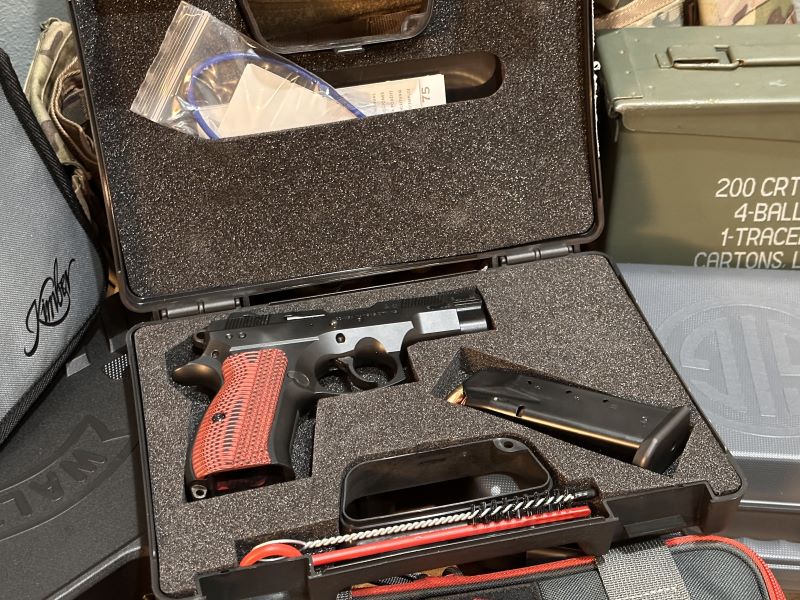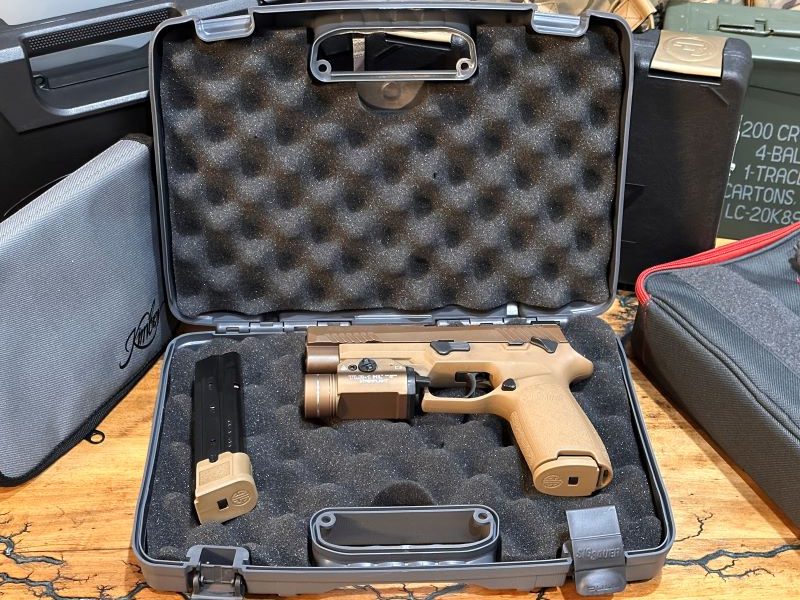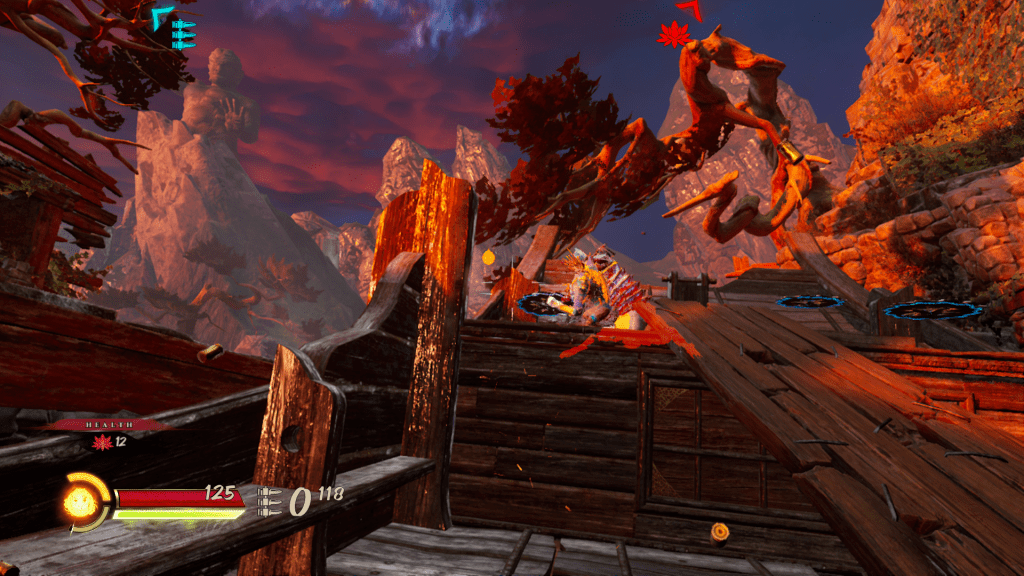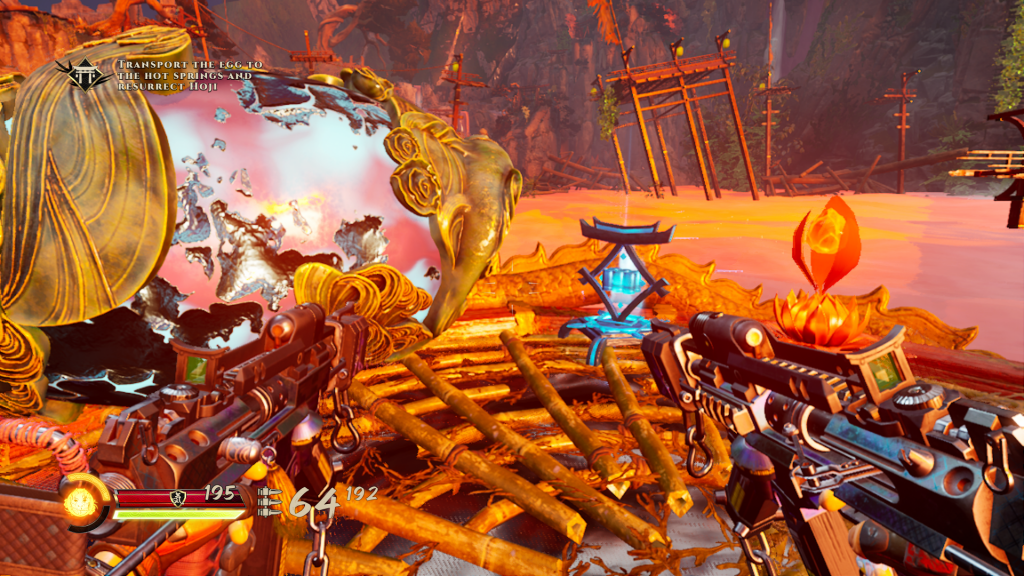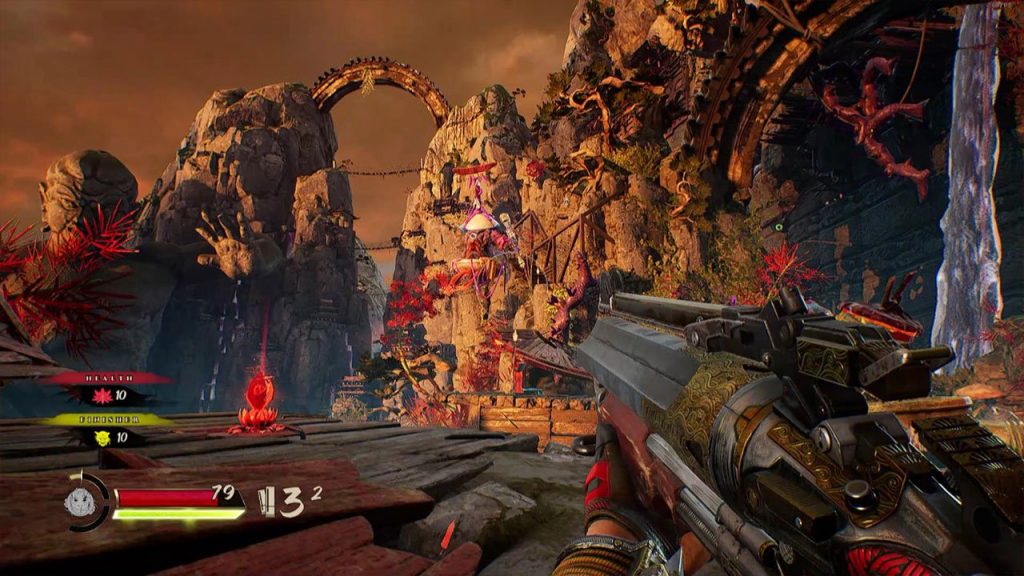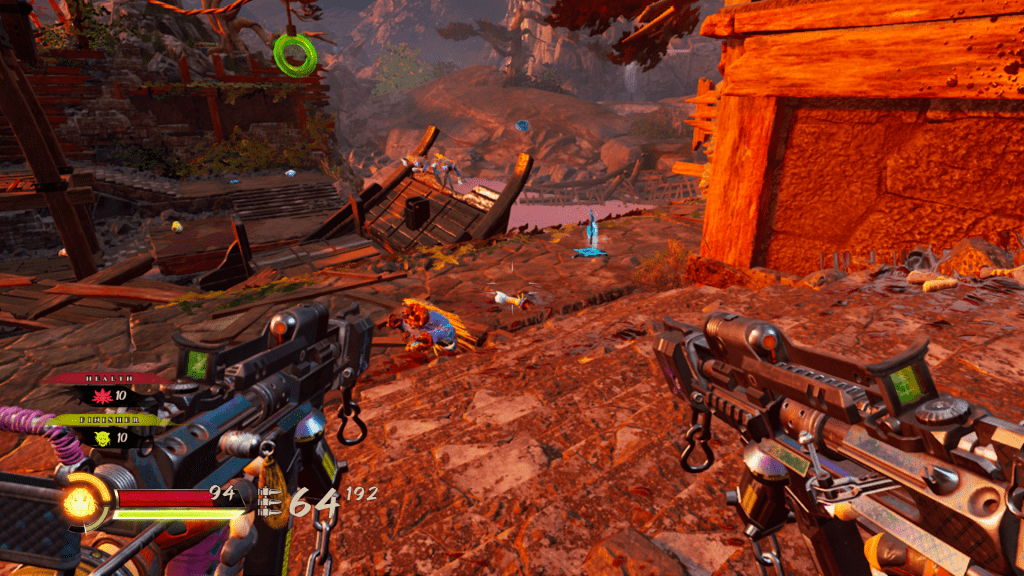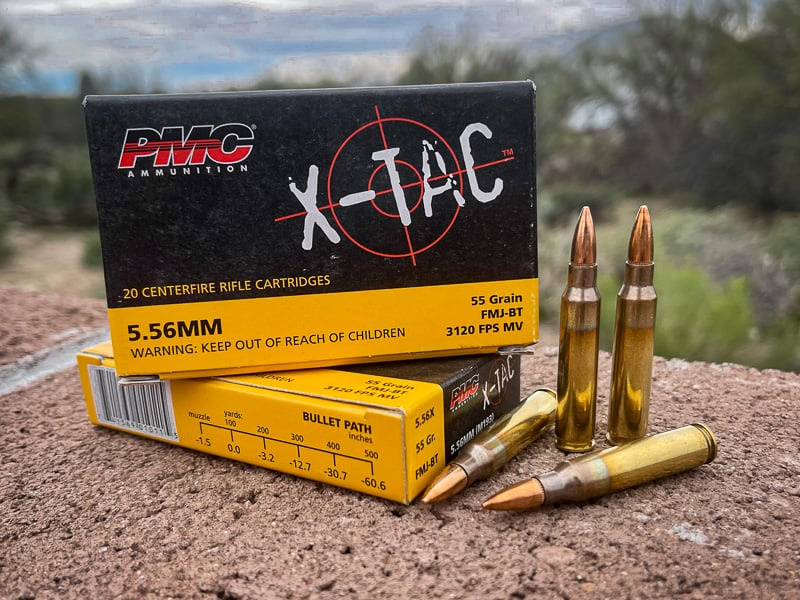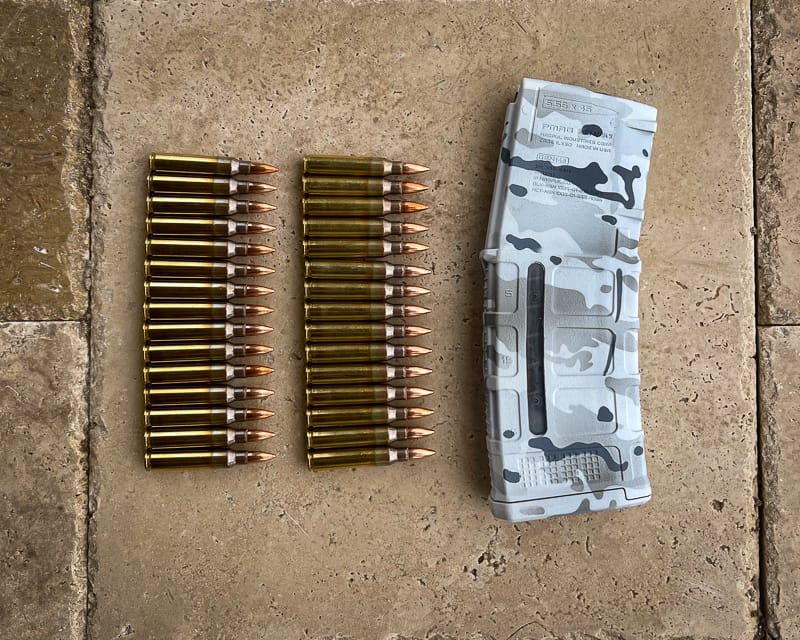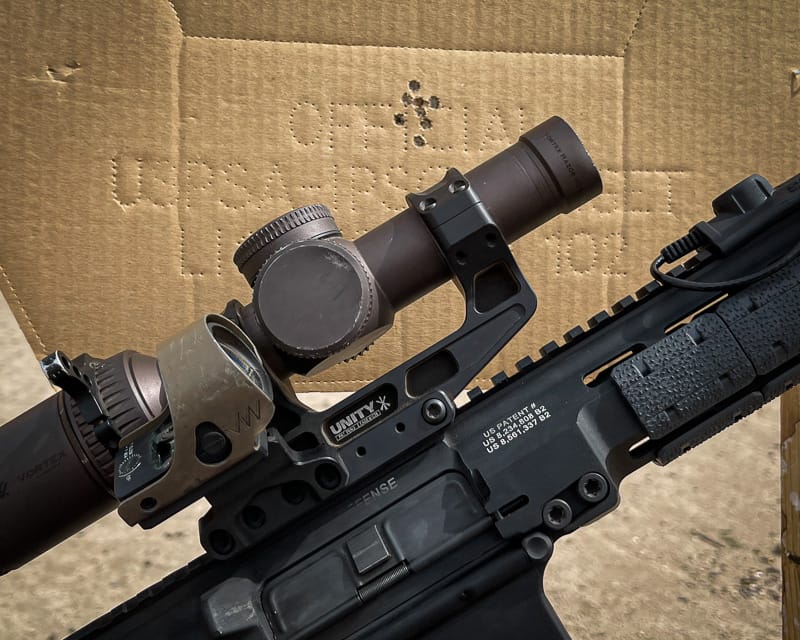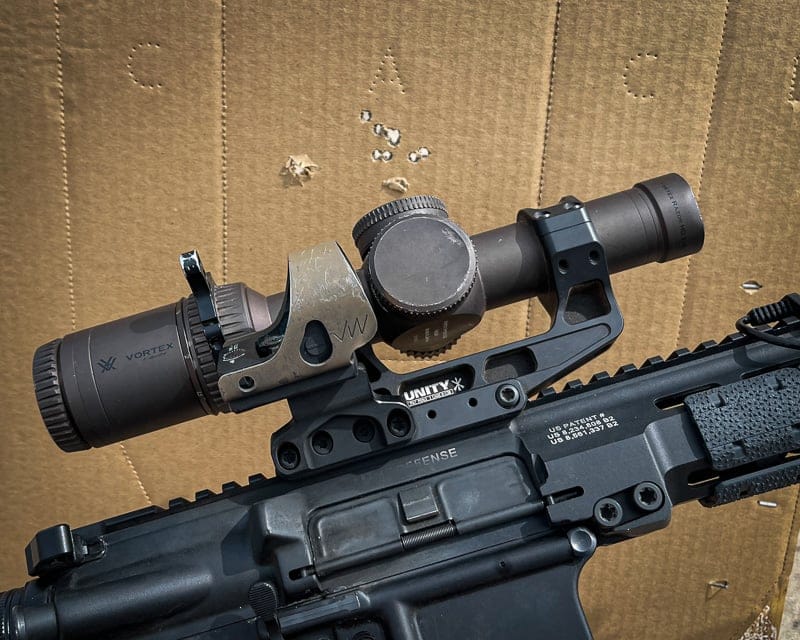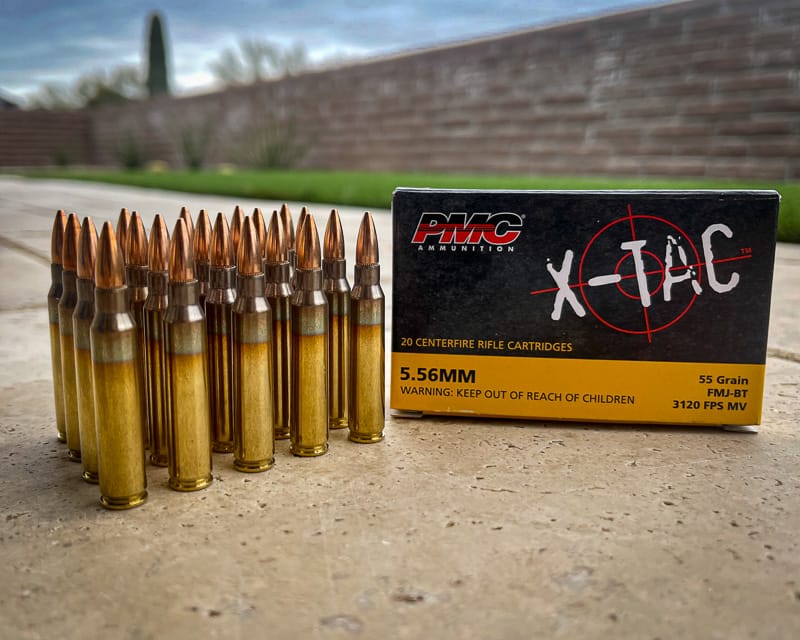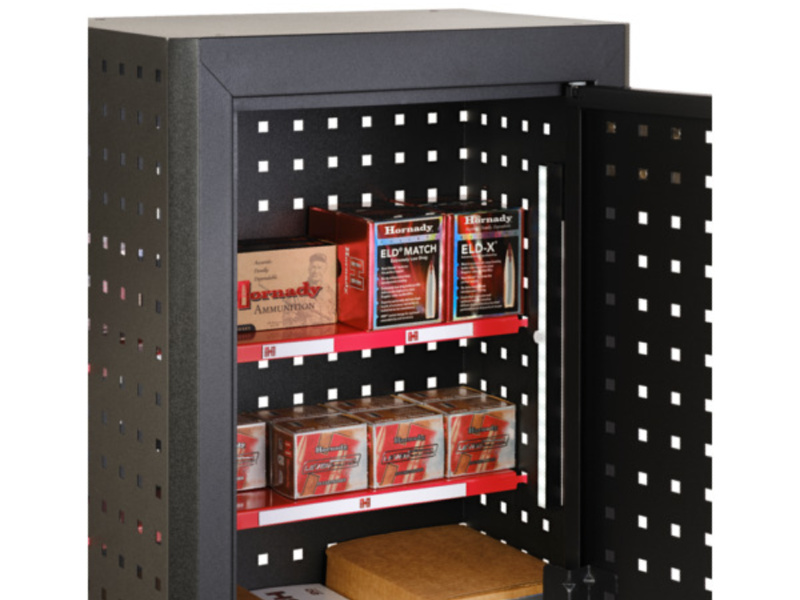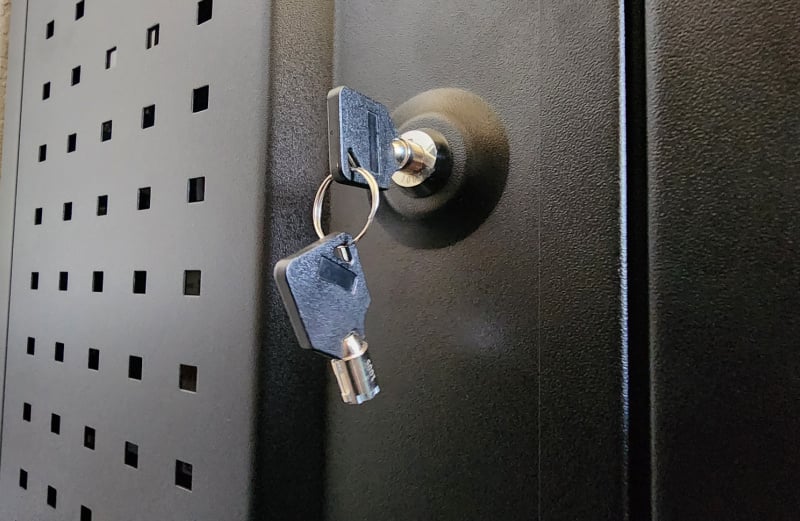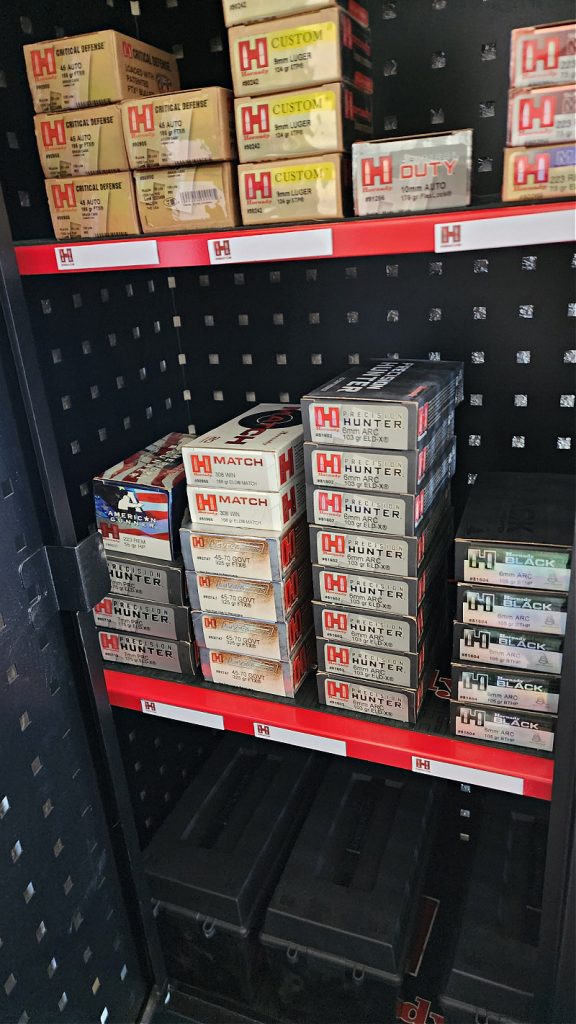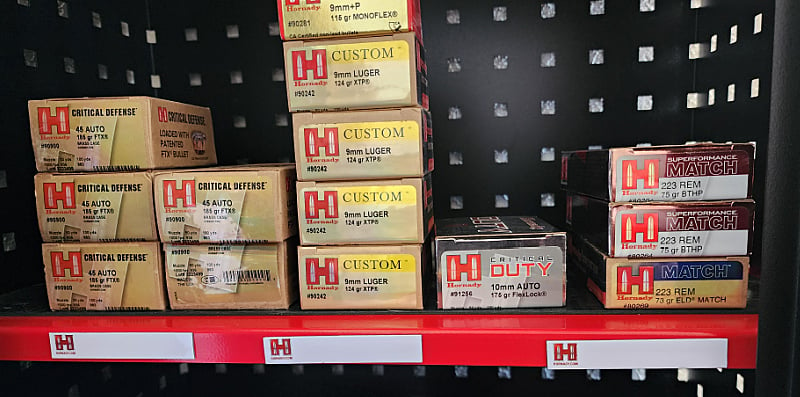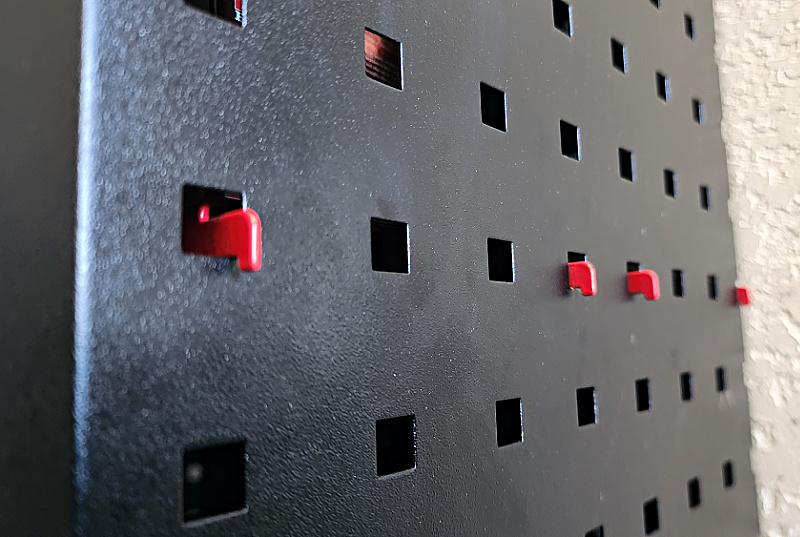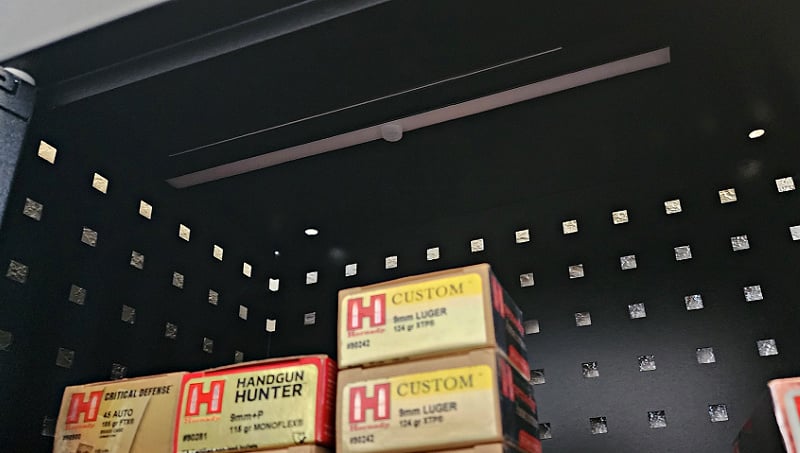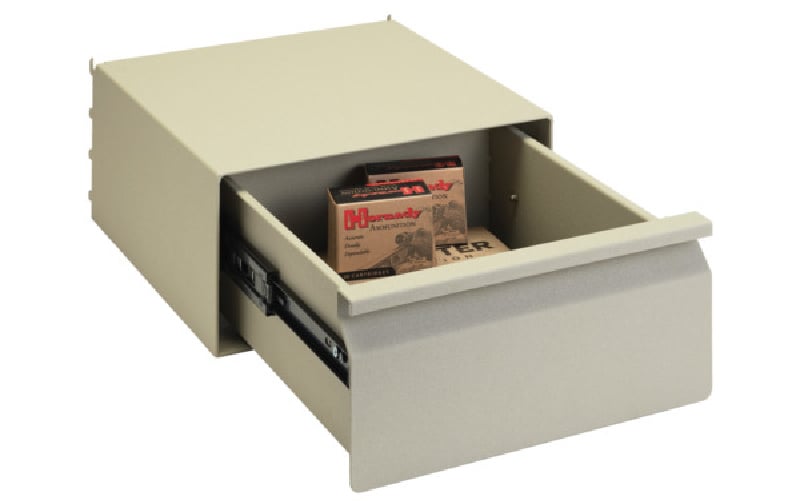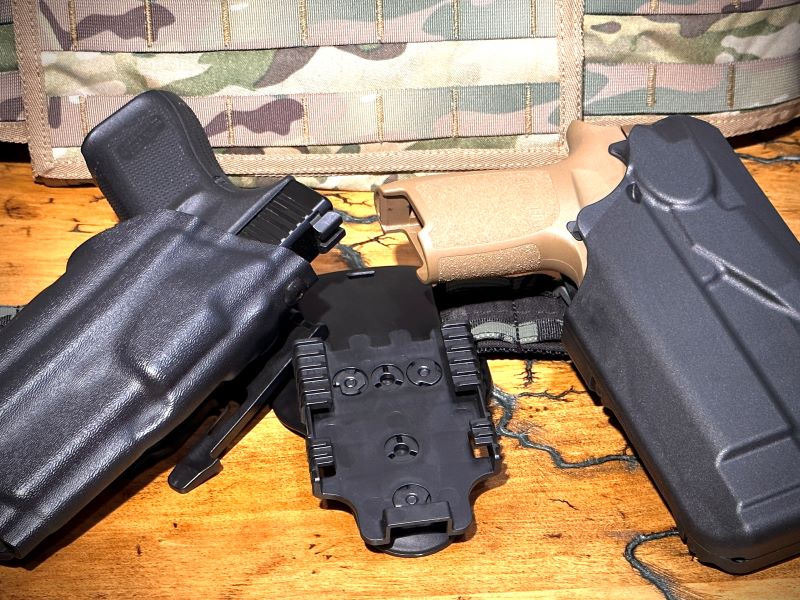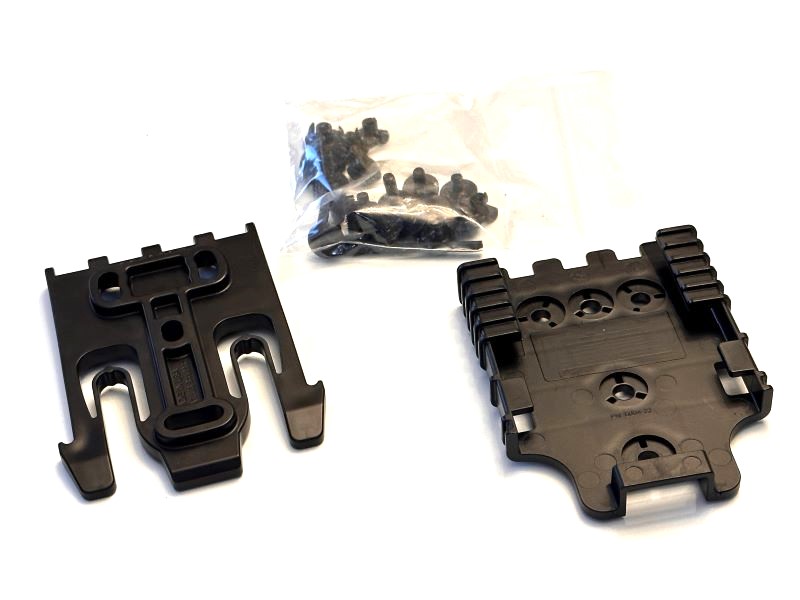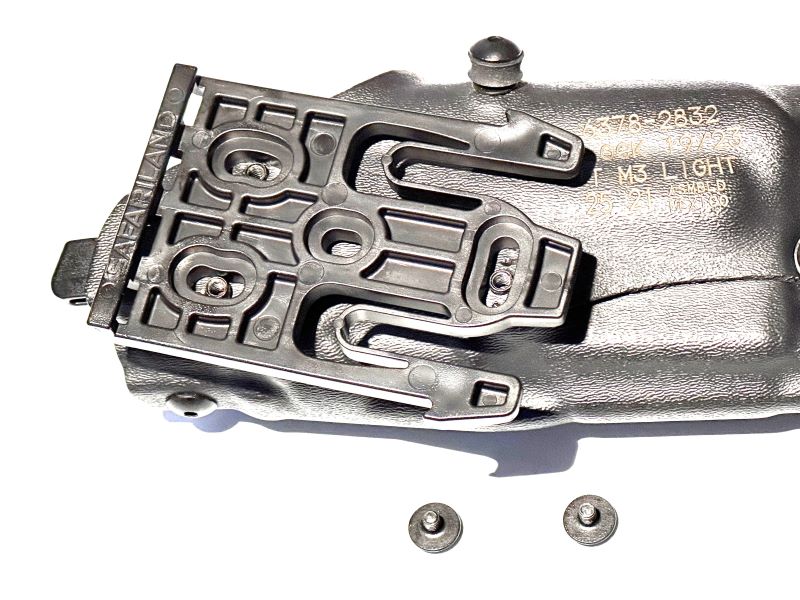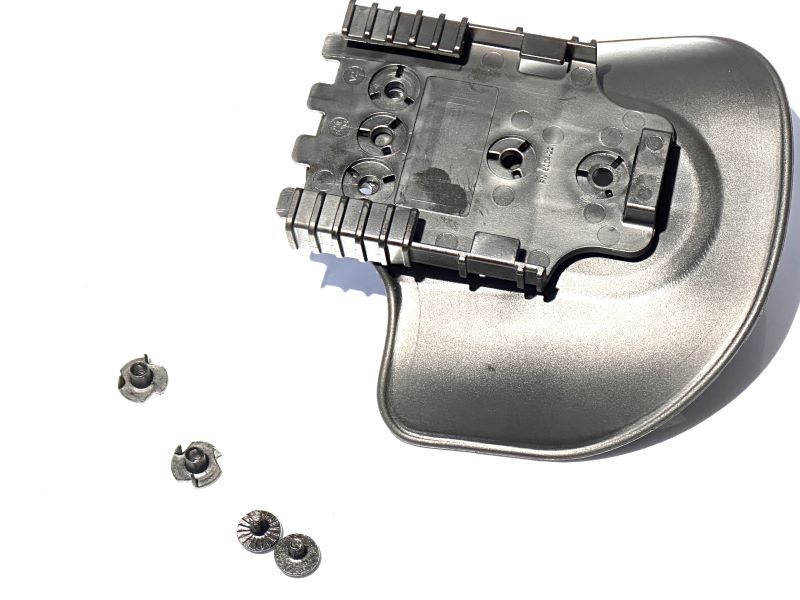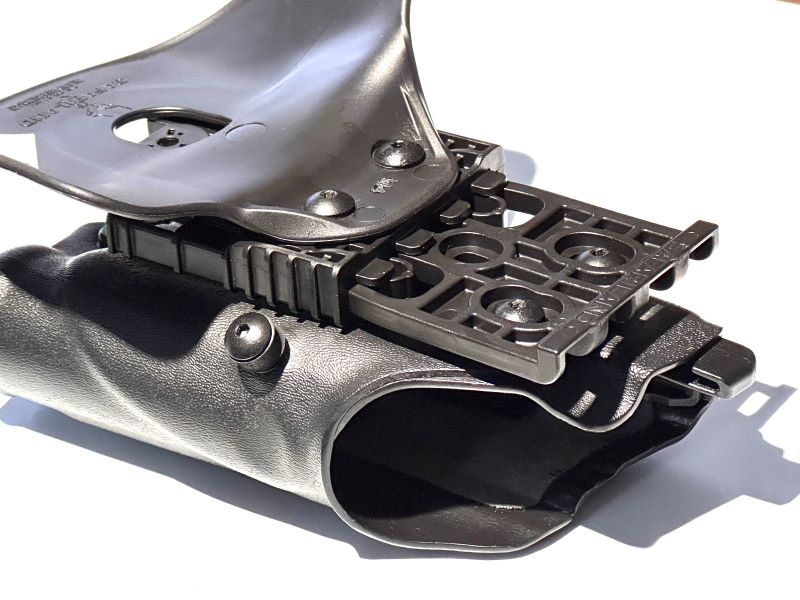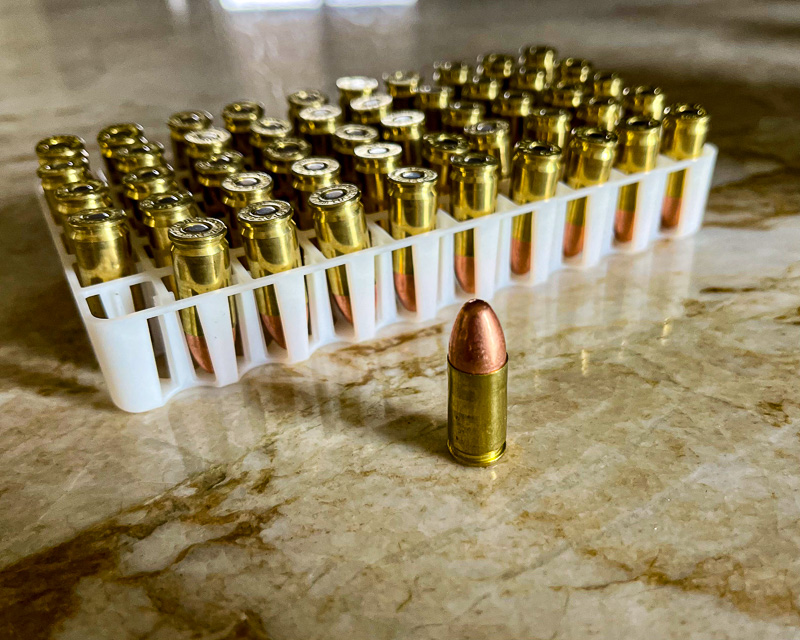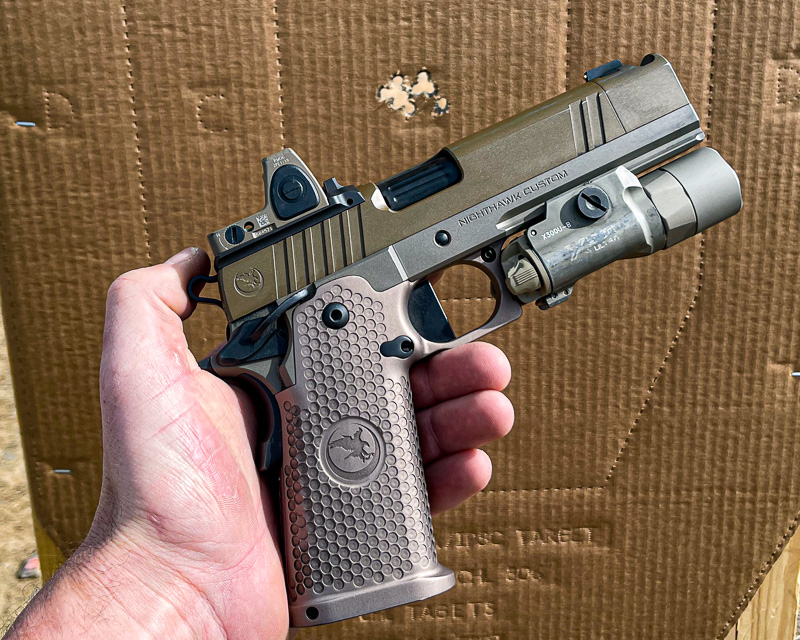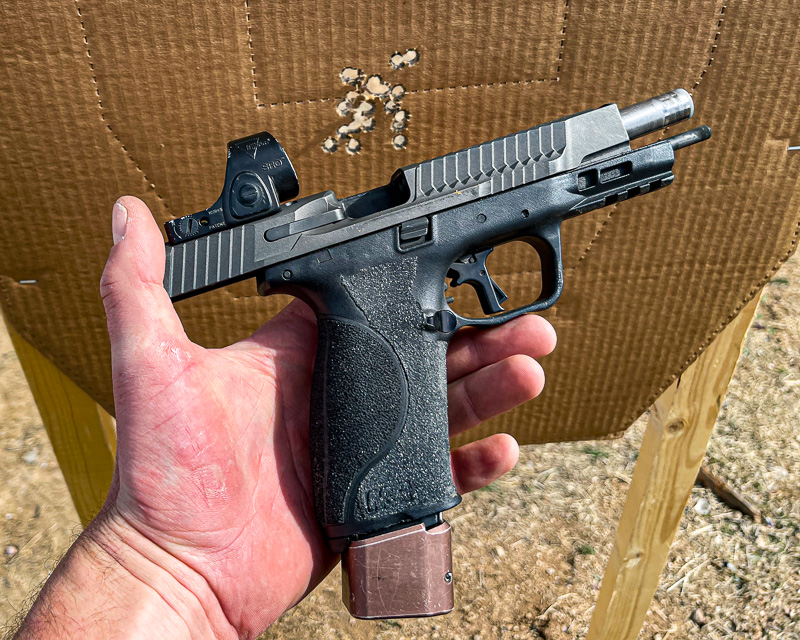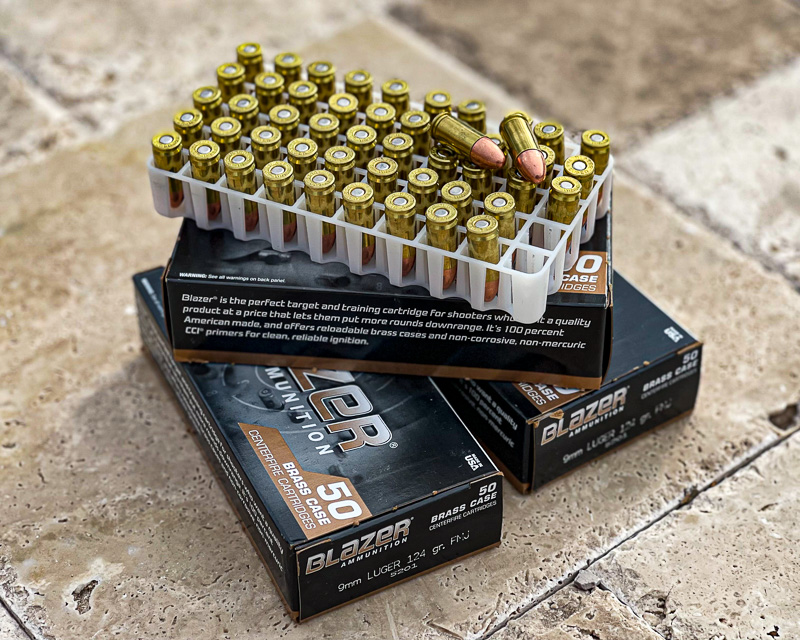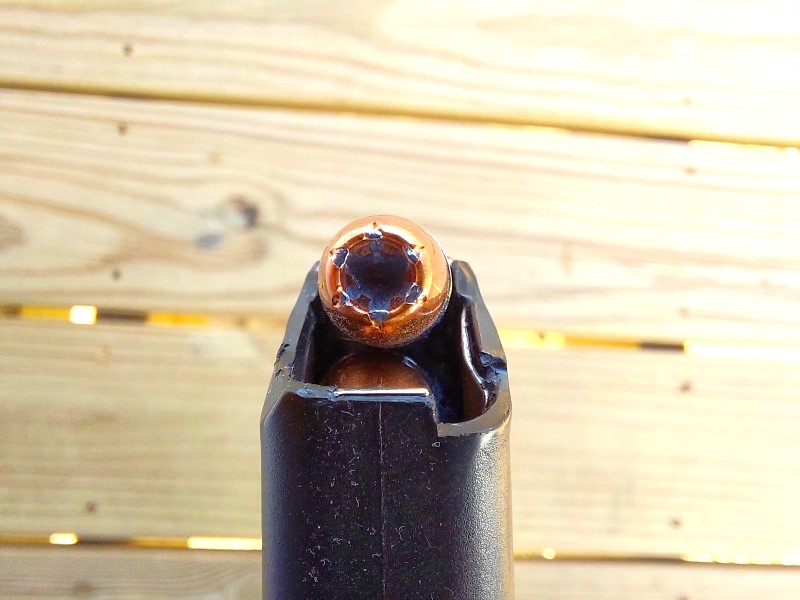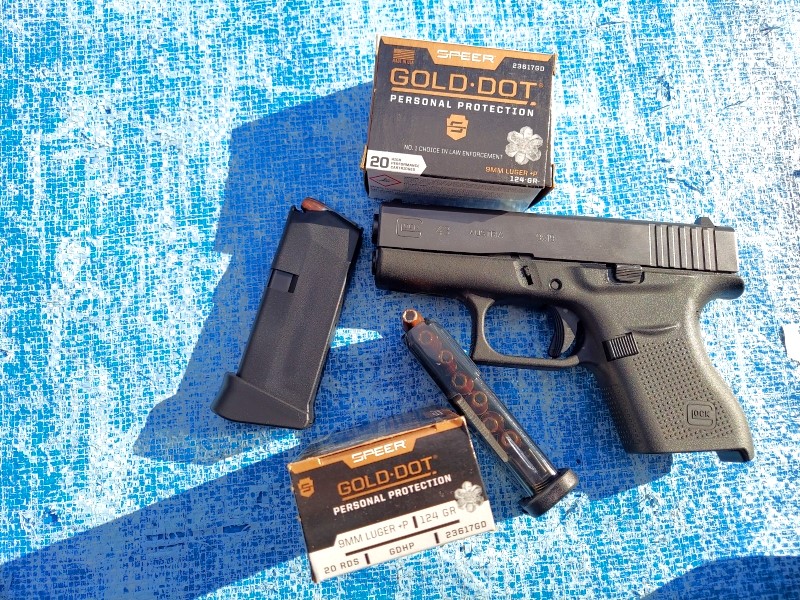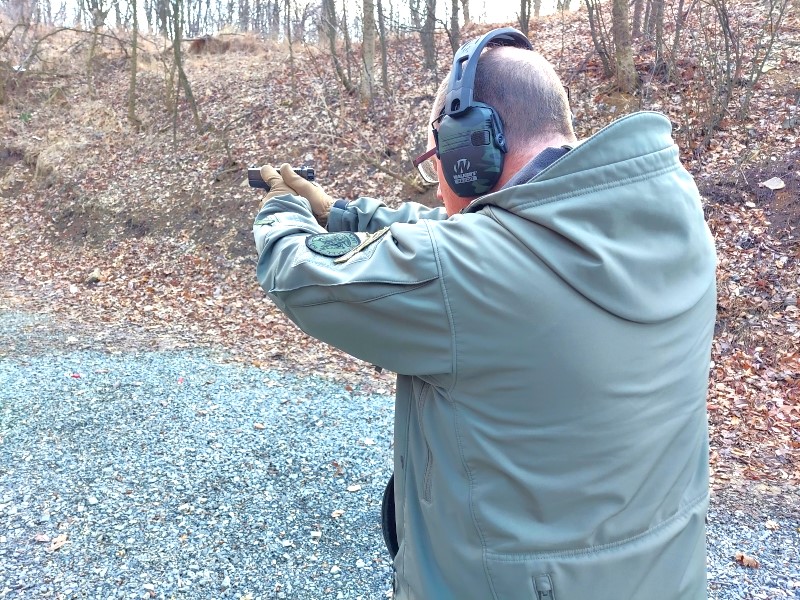Ammo Test: Aguila 25 ACP 50 grain FMJ
In a recent contribution to The Mag Life, our own Jason Mosher explained the pitfalls of using full metal jacket ammunition for personal protection. Full metal jacket ammunition chiefly consists of a lead core completely enclosed by a copper jacket. These projectiles do not have an exposed front and will not expand. A lack of expansion is perfectly fine for range ammunition, but for self-defense, a good hollow-point projectile is preferred. Jason points out that full metal jacket does have some legitimate uses, such as their use in defeating barriers, but otherwise believes full metal jacket loads over-penetrate the intended target and should not be used.
But when you get away from the usual calibers, particularly as you get lower in velocity, the case can be made for full metal jacket as a defensive load. In calibers from 22 Long Rifle to 380 ACP, hollow-point ammunition often fails to expand—or they overexpand and do not penetrate enough. The answer is to carry a nonexpanding full metal jacket load. The 25 ACP cartridge is just one of several handgun cartridges that fall into this category. Buffalo Bore recently took the nonexpanding 25 ACP load to the extreme with their heavy-for-caliber 60-grain flat nose offering; but the very first 25 ACP load out there is probably the best option—the old-school 50-grain full metal jacket.
25 ACP — Some More Equal than Others
The FN 1905 pistol was the first handgun to chamber the 25 ACP cartridge. The original load was a 50-grain full metal jacket projectile at a velocity of about 750 feet per second. These are sedate ballistics by today’s standards, though more powerful than some of the most popular concealed carry calibers of the time. Still, improving on the power of the 25 ACP has mostly been a fool’s errand and the old-school load gives you the best chance.
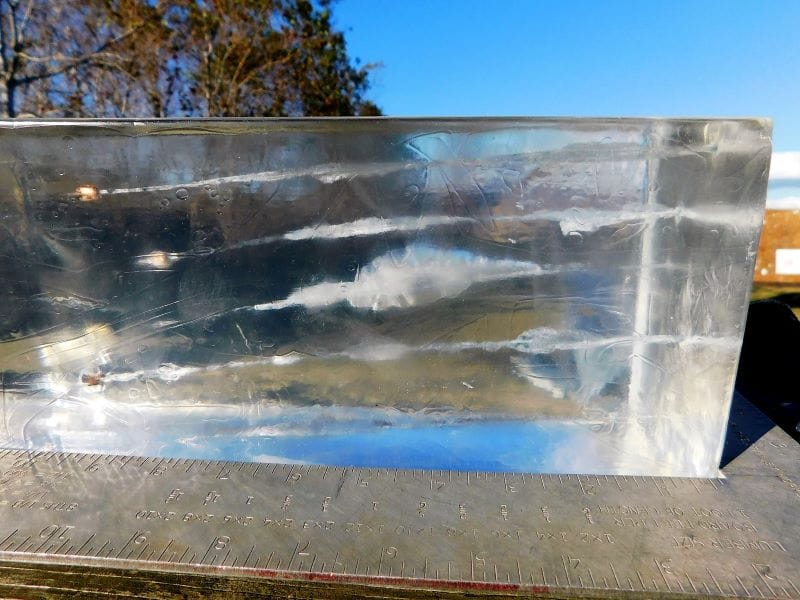
Although all 50-grain loads use the same boring projectile, they are not all loaded the same and it is subject to some rumor. For years, some experts recommended loading your 25 with European-produced ammunition. The Europeans always took the 25 more seriously as a defensive round and their version of the round is loaded hotter than what is most widely available in the United States. I am here to say it is not completely true.
American-made Remington UMC once topped my chronograph results at a true 750 feet per second. The most popular European load I have found on the American market is Fiocchi 6.35x18mm (25 ACP) load. My five-shot average chronograph reading with this ammunition was only 618 feet per second and it was a result mimicked on other occasions. It could be that some makers are loading down their ammunition for liability reasons, given how old some 25 ACP pistols are. But one ammunition that surprised me was the Aguila 50 grain load—made in Mexico!
The Round
The Aguila 50-grain FMJ load comes in boxes of 50 rounds and uses reloadable brass cases and the same ho-hum copper jacketed round-nosed projectile as all the others. I fired a five-round string over my Caldwell Chronograph using my Beretta 21A Bobcat. From 10 feet, the 2.4-inch barreled Bobcat clocked the rounds with an average velocity of 772 feet per second. Compared to the Remington load, the Aguila is 22 feet per second faster. At velocities this low, that is not insignificant.
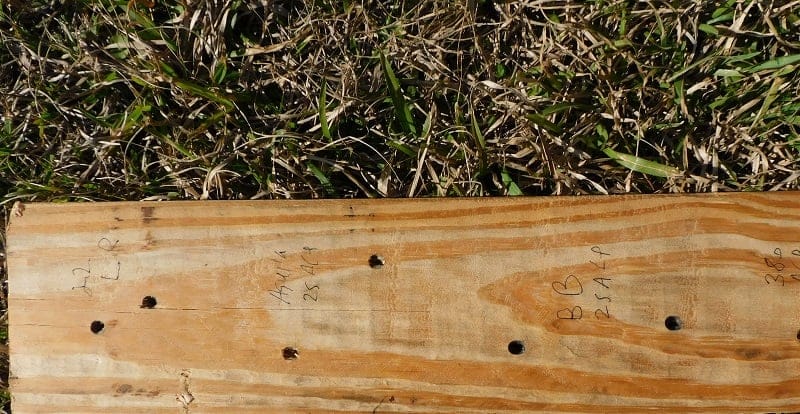
I tested the Aguila load against the new Buffalo Bore offering. The latter has more mass and velocity, but the former has none of the feeding issues. I shot both through 2x4s to see how they would fair against hard damage. The Buffalo Bore penetrated 1.12 inches from entrance to base of the projectiles. The Aguila load penetrated .90 inch. Surprisingly, a pair of 22 LR 40-grain Mini Mags fired from a 3¾-inch barrel fared worse.
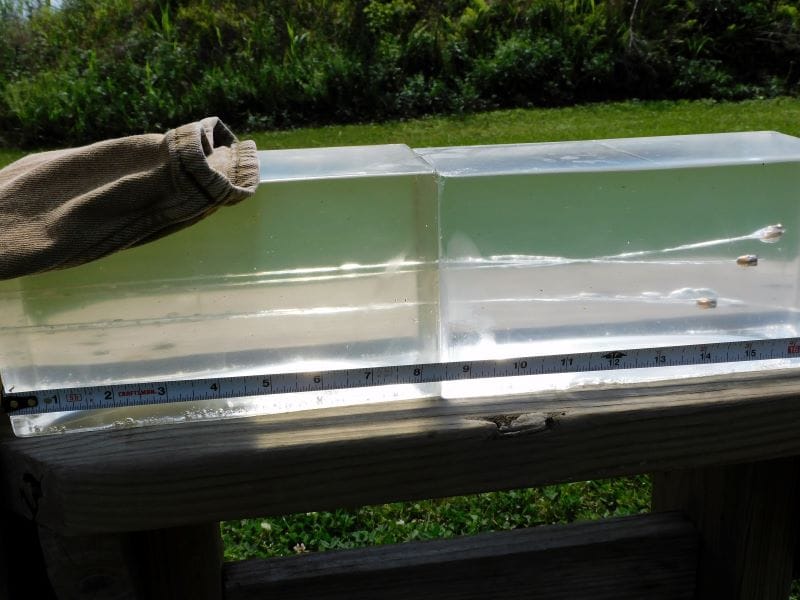
The Test
I tested the Aguila load through two Clear Ballistics 10% gelatin blocks fronted by four layers of denim to gain an idea of what it could do in a worst-case scenario. The denim simulates the layers of heavy clothing that might be encountered if you have to make a shot through a limb to reach vital organs. From 10 feet, I fired four rounds into the blocks. One projectile zipped through all 17½ inches of gelatin and was lost downrange. Three projectiles were captured.
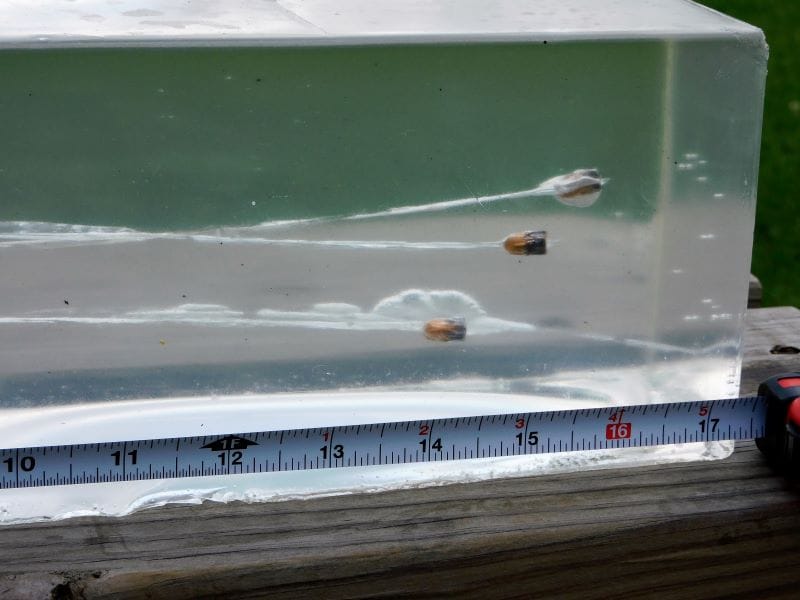
All three projectiles made ice-pick holes through the denim and into gelatin. There was some upset between the 7–9-inch mark where each projectile tumbled end-over-end. All three projectiles were recovered backward. There was no expansion, not that you would expect any from most full metal jacket loads. The penetration was substantial and on par with a good 9mm Luger defensive hollow point, albeit without the additional damage. One projectile stopped at the 14½-inch mark. The second landed at 15½ inches. The third and final projectile captured stopped at 16¼ inches.
25 ACP FMJ —The Bottom Line
Although all pistol calibers are underpowered, some are more powerful than others. Time and time again, I have said that the differences aren’t always academic. There are legitimate advantages of one caliber over another. But one universal trait that comes close to truth is that we should not use FMJ for self-defense whenever possible.
With that said, no rule is absolute, and this is true for pocket pistol rounds like the 25 ACP. With low mass and lower velocity rounds like these, fear of overpenetration becomes moot but getting enough penetration to hit vital organs in the first place is paramount. If full metal jacket is the option, some are certainly better than others. In the world of 25 ACP cartridges, the Aguila 50-grain FMJ is hard to beat.

